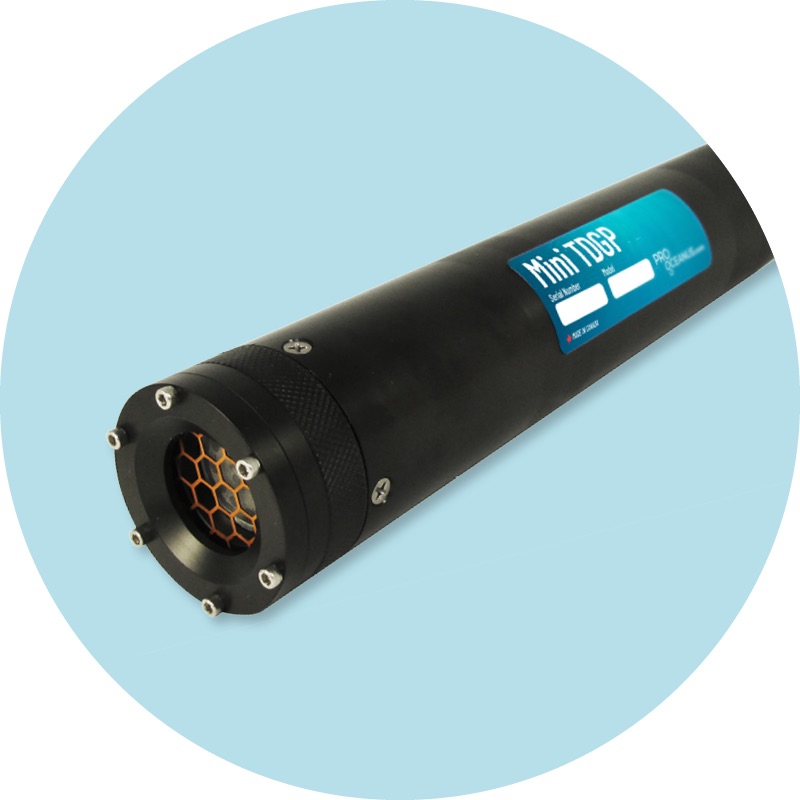Lakes
Approximately 85-90% of lakes worldwide are supersaturated with respect to CO2. This supersaturation results in CO2 release to the atmosphere, and with a flux that makes lakes an important component of the global carbon budget. With a mean concentration of 1000-1200 ppmv, CO2 concentrations in lake waters can reach 10,000-100,000 ppmv (1-10% pCO2 by volume).
Anoxic lake sediments are active sources of dissolved methane to the overlying water column and to the atmosphere. In stratified waters, elevated levels of methane can exist at depth. Surface concentrations of CH4 in lakes are highly variable and can reach 2 μmol/L or more under favourable conditions. As an example, during winter under ice cover in Lake Baikal, dissolved methane concentrations reach as high as ~4 μmol/L (~3000 ppmv CH4).
Rivers
Typical levels of pCO2 can range from below atmospheric, for example in algal blooms, to values of 2000 ppmv and more (sometimes, upwards of 10,000 ppmv) due to changing solubility, decay of organics, oxidation of methane, precipitation of carbonates, input from anthropogenic runoff sources, etc. Dissolved CO2 levels in rivers are often calculated from pH and Alkalinity measurements, however, small errors in pH measurement can result in substantial error in pCO2.
Dam spillways and waterfalls can cause bubble entrainment that leads to gas supersaturations that are detrimental to fish health. Monitoring of TDG downstream of dam spillways is required in many areas due to the problem that gas supersaturation poses to fish and other aquatic life, and levels must be maintained below regulated thresholds.
RECOMMENDED PRODUCTS

Mini-Series
Available for CO2, CH4, and TDGP, the Mini-Series of sensors are compact and light-weight, and provide long-term reliable dissolved gas measurements. Designed for use in water, oil, or water and oil mixtures, the Mini-Series will meet many of your gas measurement needs.